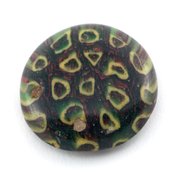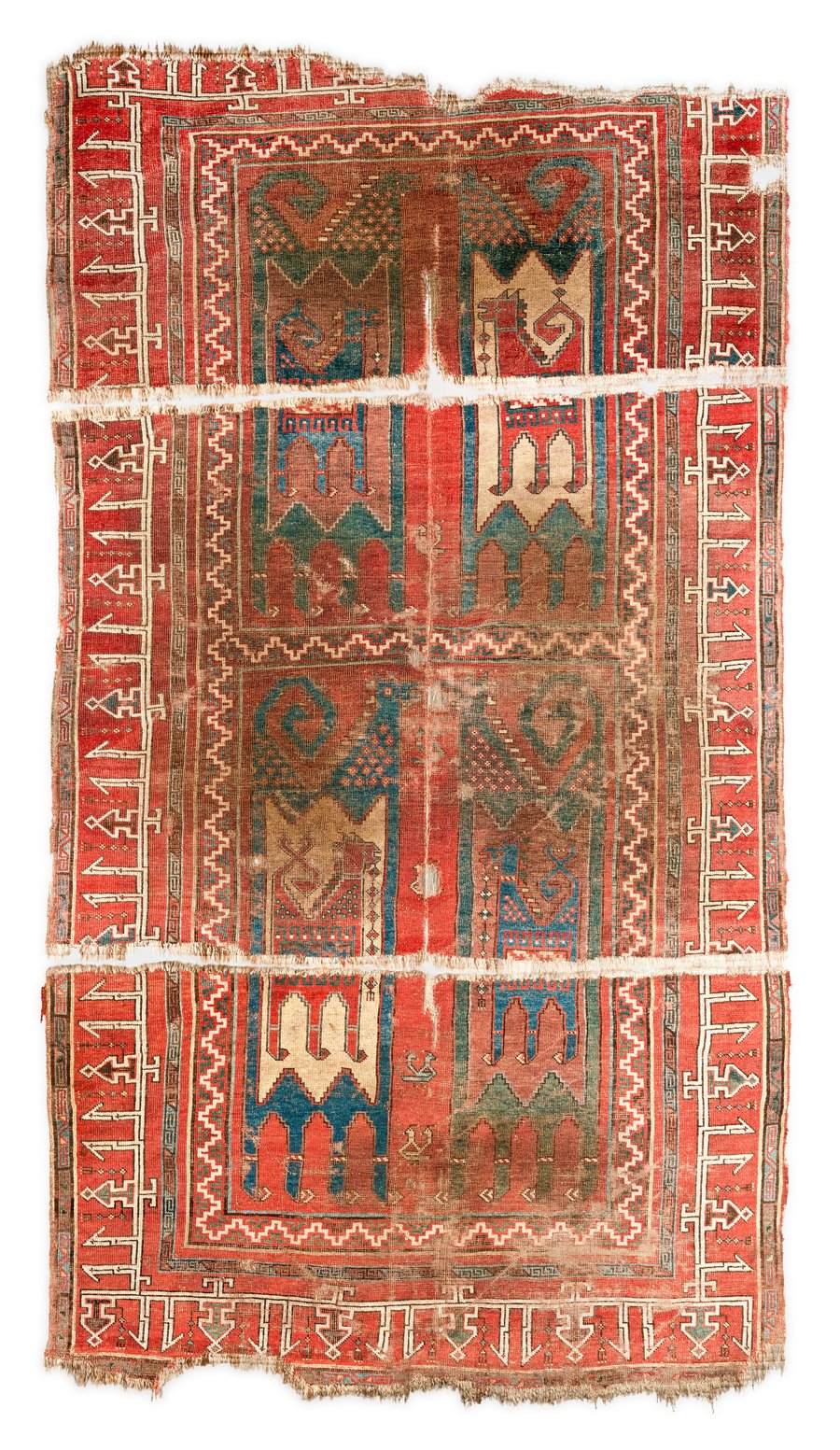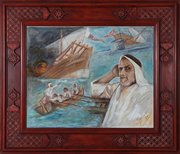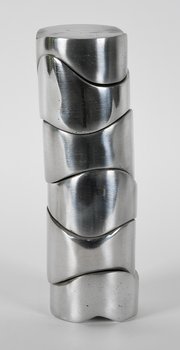
Eskenazi Four-Animal Carpet
Museum of Islamic Art
- Title:
- Eskenazi Four-Animal Carpet
- Production place:
- Turkey
- Date:
- 1300 - 1450
- Period:
- Ottoman
- Title:
- Eskenazi Four-Animal Carpet
- Production place:
- Turkey
- Date:
- 1300 - 1450
- Period:
- Ottoman
- Material:
- Wool
- Technique:
- Weaving
- Dimensions:
- 311 × 166
While the earliest datable carpet dates back to the 4th century BCE, given the fragility of the natural fibres and dyes, very few carpets have survived throughout the centuries. This 8th century AH/14th century CE Ottoman carpet is one of the earliest examples to exist from the Islamic world, joining a small group of carpets said to be found in Central Asia. The rather schematic imagery of the four main creatures, woven in equal size and shape in separate compartments, are believed to represent horses; yet within each horse is a standing three-legged animal (possibly a llama) woven in either red or blue, alternating in colour from the animal upon which it is superimposed. The carpet's border is decorated with stylized birds alternating with trees, and woven in a manner that mimics the earliest form of Arabic calligraphy, kufic. This carpet was most probably made under Mongol rule, yet woven by a tribe that settled in the border regions of Turkey. Carpets were essential to nomadic tribes, who used them for their daily existence. They were also filled with great significance, whether made for marriages to promote fertility, or at times of birth to ward off the evil eye. The animal imagery on this carpet relates to the nomadic nature of the tribe who made it.



